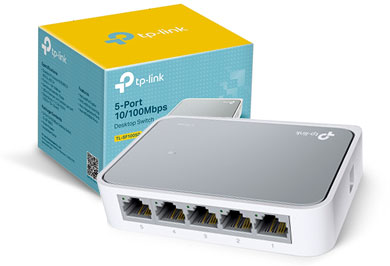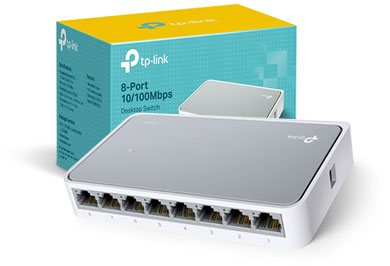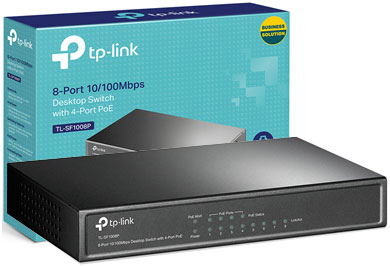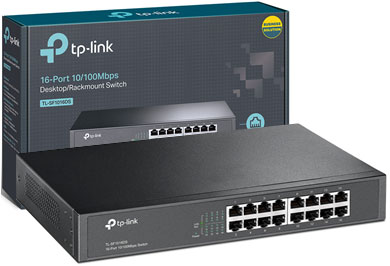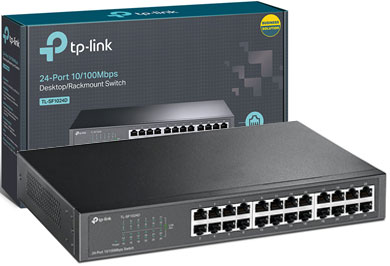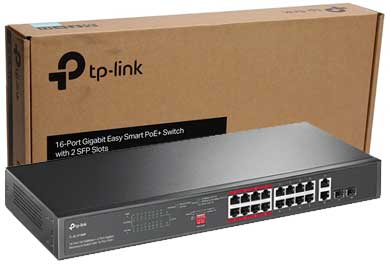 TP-LINK UNMANAGED SWITCH
TP-LINK UNMANAGED SWITCH
| About TP-Link
Founded in 1996, TP-Link is a global provider of reliable networking devices and accessories, involved in all aspects of everyday life. With a proven heritage of stability, performance, and value, TP-Link has curated a portfolio of products that meet the networking needs of all individuals.
Now, as the connected lifestyle continues to evolve, the company is expanding today to exceed the demands of tomorrow.
Among the types of switches in networking and routing Modern Office Equipments has TP-LINK unmanaged switch, gigabit switch, rack mount switch and ethernet smart switch of all renown brands such as TP-Link
| TP-LINK UNMANAGED SWITCH……………………………

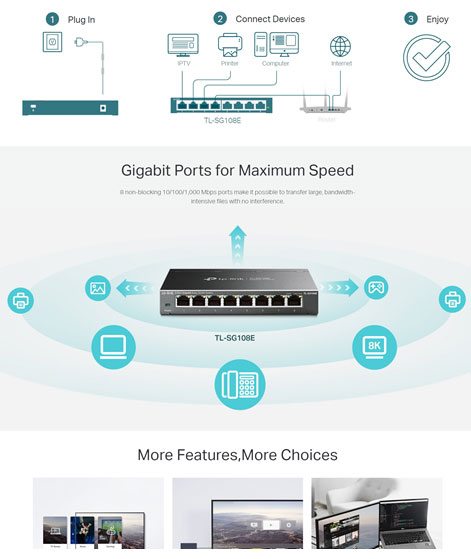
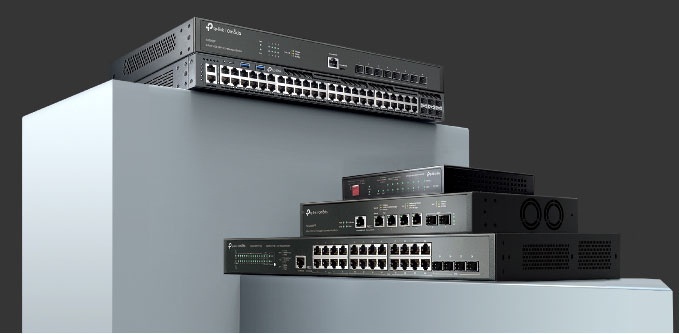
»In Stock
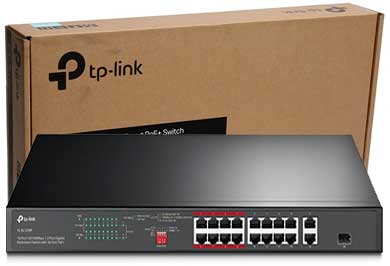
Price :৳14,500
»In Stock

Price :৳5,660.00
Help You Choose
Answer some short questions and we’ll show you the switches that best fit your needs.

Unmanaged
• Plug and Play
• Sufficient Functions
• Budget-Friendly

Easy Smart
• Useful Management Features
• Web-Based Interface
• Easy to Use

Smart & L2+ Managed
• Centralized Cloud Management
• 2.5G / 10G High-Speed Options
• Advanced Management Features
How to Select the Right Switch

Managed Functions
- Unmanaged Switches: Support plug and play without configuation required but also offer sufficient functions like 250 m PoE tansmission, port prioritization, and traffic separation.
- Easy Smart Switches: A variety of useful features are provided such as VALN, QoS, IGMP Snooping, and PoE Auto Recovery to enhance your network safety and reliability.
- Smart & L2 Managed: More advanced and high-level management options such as Omada SDN Cloud Platform help control your network anytime, anywhere.

Number of Ports
How many IP cameras do you need to connect to your network? Make sure you select a switch with enough ports to connect all your devices on your LAN. If your busine ss is at the rapid growth phase, select a switch with abundant network capacity to grow with your demands.

Port Speed
Determine the required port speed based on user needs and PD bandwidth. 100 M bandwidth is sufficient to meet the requirements of IPCs system while gigabit and multi-gigabit futureproof your network with higher scalability.

PoE Budget
Each IP camera has a budget, the minimum power required over Ethernet for it to function. When considering suitable switches, check the budget per port to ensure that it is sufficient to power your IP cameras

PoE or PoE+
PoE (802.3af) is the original PoE standard and offers 15.4W of power to the Ethernet port · PoE+ (802.3at) is the latest standard which almost doubles the available budget, providing 30W of power to the Ethernet port and futureproofing your network with the latest power over Ethernet standards.
Related Products
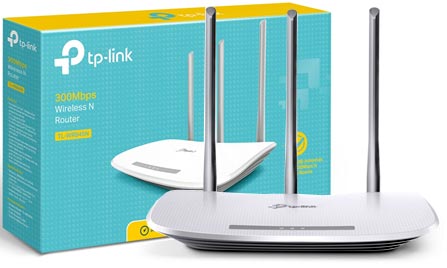
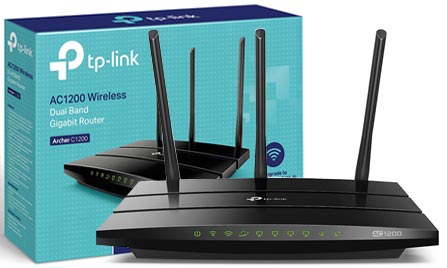
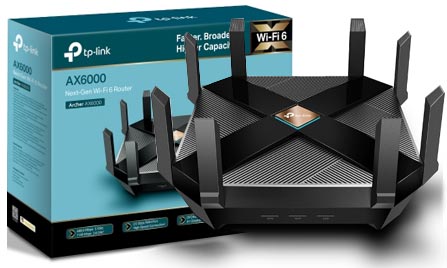
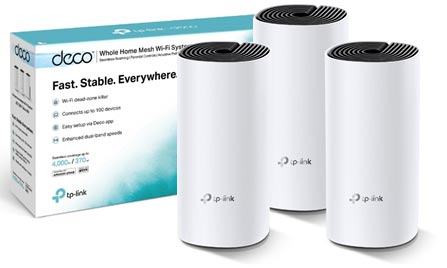
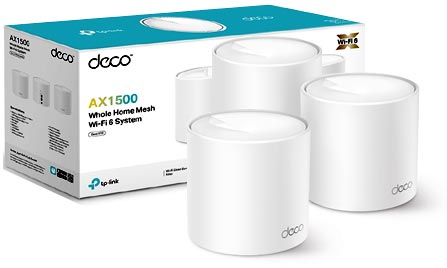
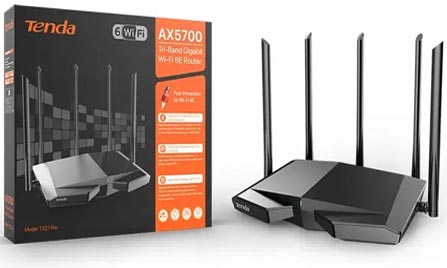
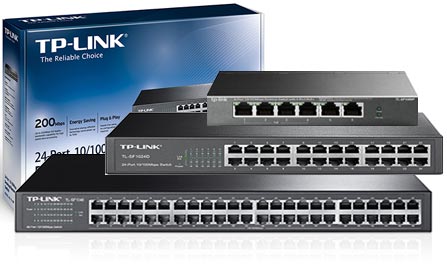
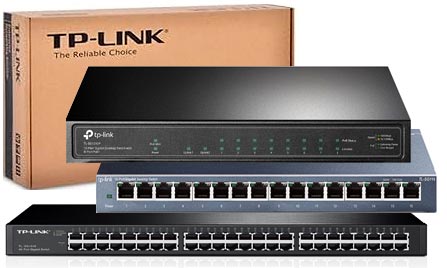
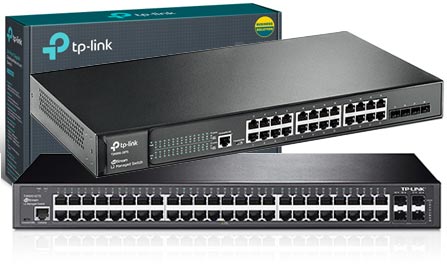
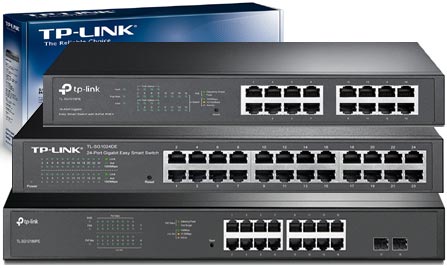
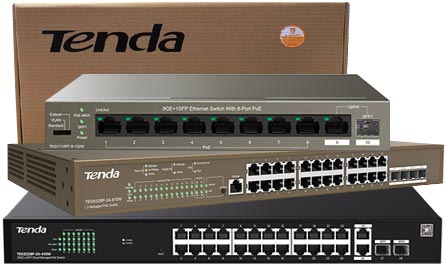
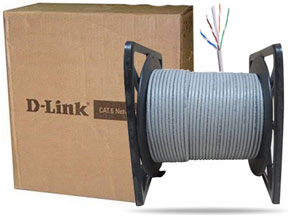
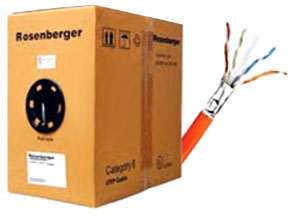
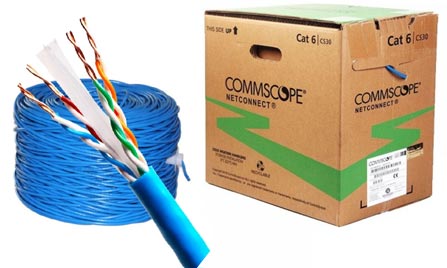
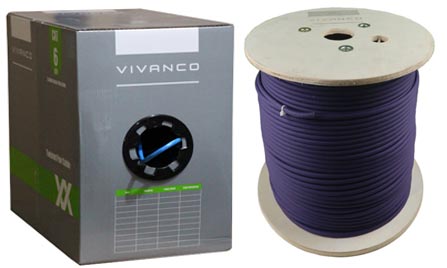

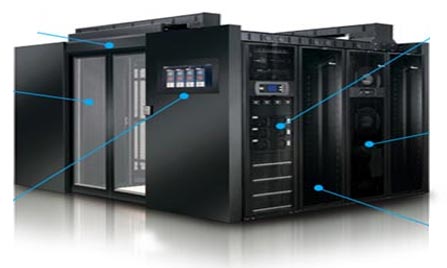

+880 1995 584 322, 880 1717 157 398, +880 1911 385 563
TP-LINK UNMANAGED SWITCH
TP-LINK UNMANAGED SWITCH TP-LINK UNMANAGED SWITCH TP-LINK UNMANAGED SWITCH TP-LINK UNMANAGED SWITCH TP-LINK UNMANAGED SWITCH TP-LINK UNMANAGED SWITCH
CONTACT ADDRESS
Corporate Office : H -78/6 (2nd Floor), New Airport Road, Amtoli, Mohakhali, Dhaka-1212
Tel : +880 22222-99242
Contact No : +880 1995 584 322 +880 1717 157 398, +880 1911 385 563
E-mail : info@moebd.net modern_moe@yahoo.com
Web : www.moebd.net
INFORMATION
About Us
Our Brands
Our Clients
Photo Gallery
Video Gallery
Contact us
CUSTOMER SERVICES
Customer Service
Customer Support
Delivery Information
Refund & Returns Policy
Warranty Policy
MEMBER


